I am trying to communicate with an API from my React application using Axios. I managed to get the GET request working, but now I need a POST one.
I need the body to be raw text, as I will write an MDX query in it. Here is the part where I make the request:
axios.post(baseUrl + 'applications/' + appName + '/dataexport/plantypes' + plan,
{
headers: { 'Authorization': 'Basic xxxxxxxxxxxxxxxxxxx',
'Content-Type' : 'text/plain' }
}).then((response) => {
this.setState({data:response.data});
console.log(this.state.data);
});
Here I added the content type part. But how can I add the body part?
Thank you.
Edit:

